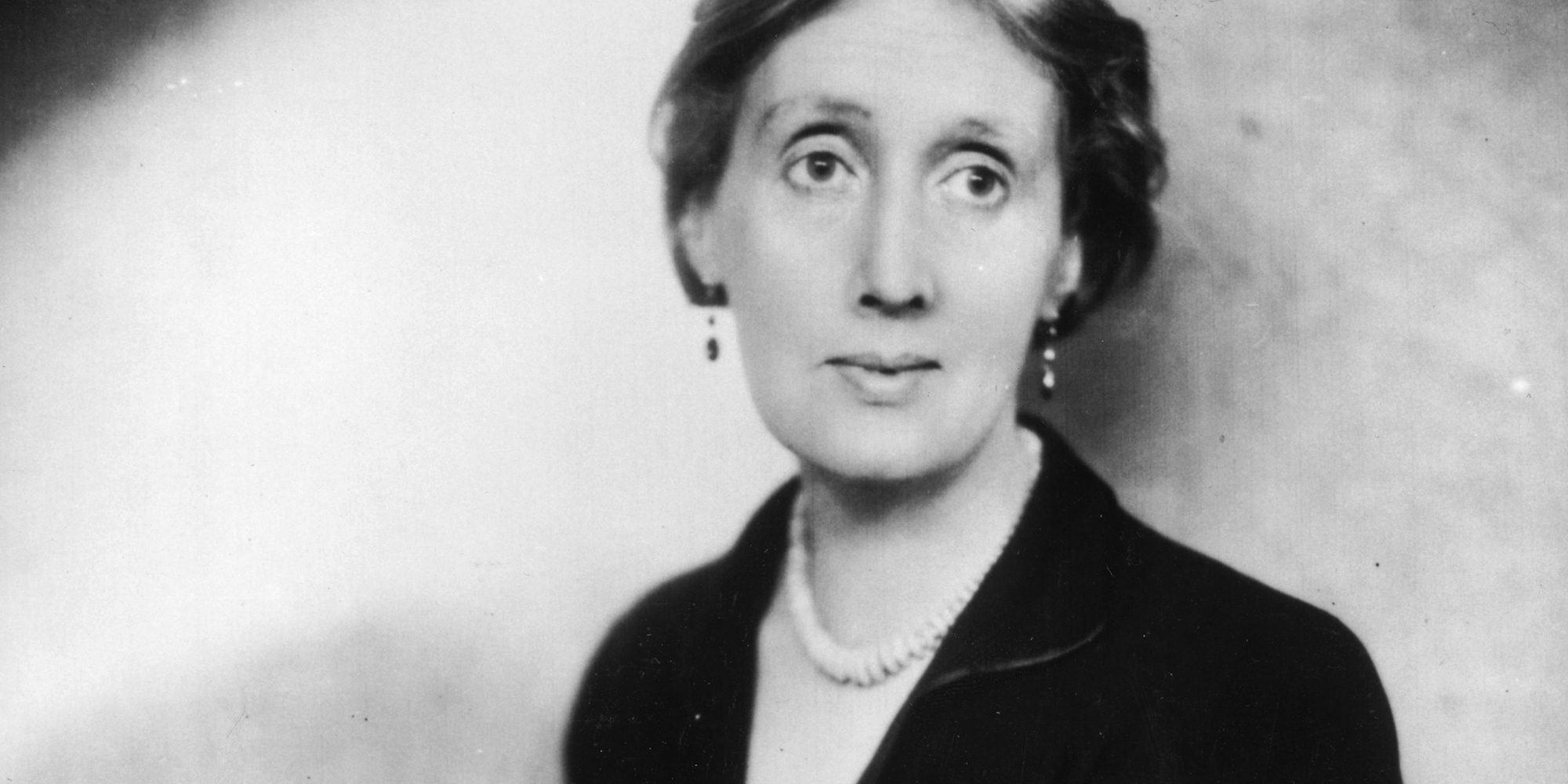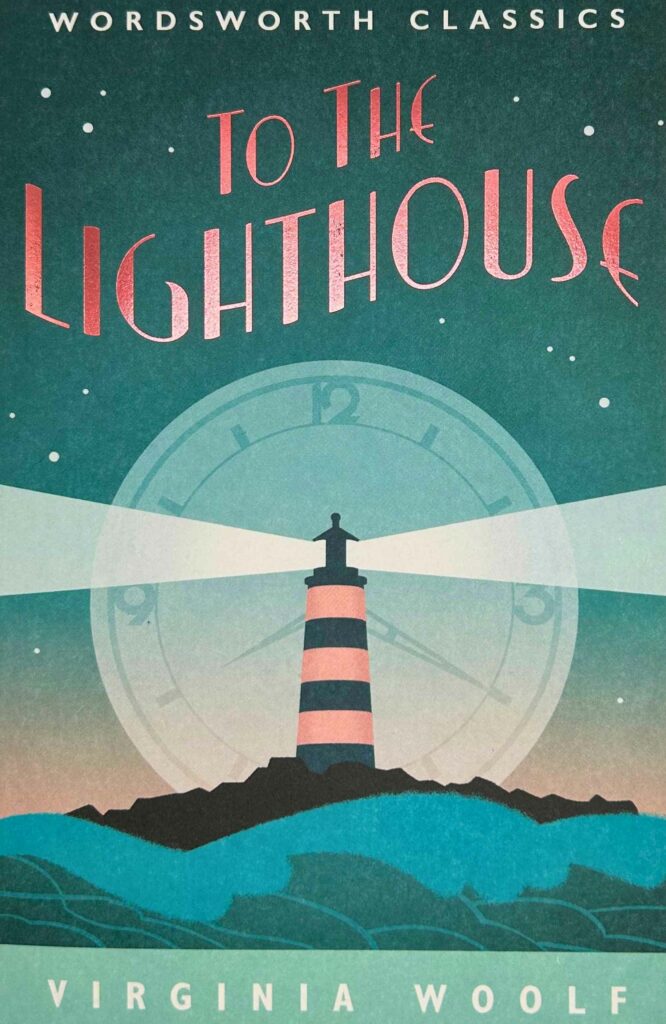
David Stuart Davies looks at To The Lighthouse
David Stuart Davies looks at the most autobiographical of Virginia Woolf’s novels.
Talking with a group of book-reading friends I observed that Virginia Woolf was an acquired taste. One of my companions parried with, ‘All authors are an acquired taste.’ Point taken. Time, I thought, to revisit this author for a refreshed view having only read her in my youth – so I took up one of her most notable tomes To the Lighthouse. But before we get to this novel, let me reveal a few biographical details about Ms Woolf.
She was born Virginia Adeline Stephen in 1882. Her father, Leslie Stephen, who was the founder of the Oxford Dictionary of Biography, was knighted for services to literature. He gave Virginia the run of his substantial library bringing her into close contact with a wide range of books from an early age.
In 1912, she married Leonard Woolf, British political theorist, author, publisher and civil servant. In 1917 the couple founded the Hogarth Press, which published much of her work. The Press was based in London’s Bloomsbury, an area after which the avant-garde ‘Bloomsbury Set’ of artists, writers and intellectuals is named. Woolf’s house was a hub for some of the most interesting cultural activities of the time, and Hogarth Press publications included books by writers such as T S Eliot, Sigmund Freud, Katherine Mansfield, and E M Forster.
Woolf is regarded as one of the most innovative writers of the 20th century. Perhaps best known as the author of Mrs Dalloway (1925) and To the Lighthouse (1927), she also wrote pioneering essays on artistic theory, literary history, women’s writing, and the politics of power. Throughout her life, Woolf was troubled by bouts of mental illness now considered to have been bipolar disorder, for which there was no effective intervention at the time. Eventually, in 1941 she committed suicide by putting rocks in her pockets and drowning herself in a river, at the age of 59.
The fluctuating emotions and erratic flights of fancy connected with her illness are evident in her writings. Her ‘stream of consciousness’ technique enabled her to portray the interior lives of her characters and to depict with great flair the montage-like imprint of memory.
To the Lighthouse centres on the Ramsay family and assorted guests on holiday on the Isle of Skye. With her emotional, poetical frame of mind, Mrs Ramsay represents the female outlook on life, while Mr. Ramsay, a self-centred philosopher, expresses the male stance with his somewhat staid and rational point of view. However, as Woolf demonstrates both are hampered by their limited perspectives.
From the seemingly trivial postponement of a visit to a nearby lighthouse, Woolf constructs a remarkable, moving examination of the complex tensions and allegiances of family life and the conflict between men and women. As with all Woolf’s novels, the external plot is incidental to the psychological interior thoughts and emotions of its characters. In taking this approach, the author is able to explore the complex nature of adult relationships, the attitudes to gender, marriage and the changing class structure brought about by the social upheaval caused by the Great War. Woolf wrote in her 1921 essay ‘Modern Fiction’, that she wanted to show how ‘an ordinary mind on an ordinary day’ receives and deals with ‘a myriad impressions’
Ironically, despite the somewhat fluid nature of the novel, To the Lighthouse is very carefully structured. In the first part, the reader is presented with events as seen through the eyes of Mrs Ramsay and in the second section of the novel, Woolf illustrates time’s passage by describing the changes wrought in the summer home over a decade. The third section relates the return of the grown up Ramsay children to the island. Also present on this trip is the painter Lily Briscoe who represents Woolf’s ideal artist, who blends ‘masculine rationality’ with ‘feminine sympathy’. Briscoe’s successful completion of a painting that she has been working on since the beginning of the novel is symbolic of this unification.
Each of the two longer sections, ‘The Window’ and ‘The Lighthouse’, takes place over the course of one day: an experiment representing multiple, overlapping, differently focused and expressed layers of consciousness involving numerous characters. However, Mrs Ramsay, the matriarch of the family, is at the heart of this novel. It is she who sets about the task to ensure that everyone is sociable and happy. To the Lighthouse is also generally regarded as being about Woolf’s parents – about the huge hole that opened in Virginia’s world when her mother died, and about the way that her father imposed himself and his grief upon his daughters.
It must be said that this remarkable novel appeals more to the intellect than the emotions, prompting the reader to consider their own perceptions and attitude to life. This richness easily compensates for the slender nature of the plot. There was a brave attempt to adapt the novel for television in 1983 with Rosemary Harris and Michael Gough as Mr and Mrs Ramsay. The script was by Hugh Stoddart and the film was nominated for a BAFTA. Reviewing the film in The New York Times, John J. O’Connor began by noting, ‘Few works of literature would seem to lend themselves less readily to dramatization than Virginia Woolf’s To the Lighthouse, but … the result is very special indeed’.
It is often said of great books that they are best read in the original rather than being encountered in a dramatised form, which can result in the loss of much subtlety and the perceptive nuances of the author. This observation is never more apt when applied to To the Lighthouse. It can only really effectively come alive in the reader’s mind. I am so glad I returned to it with an older and more perceptive head on my shoulders.
In 1998, the Modern Library named To the Lighthouse No. 15 on its list of the 100 best English-language novels of the 20th century; and in 2005, the novel was chosen by TIME magazine as one of the one hundred best English-language novels since 1923.
Books associated with this article
